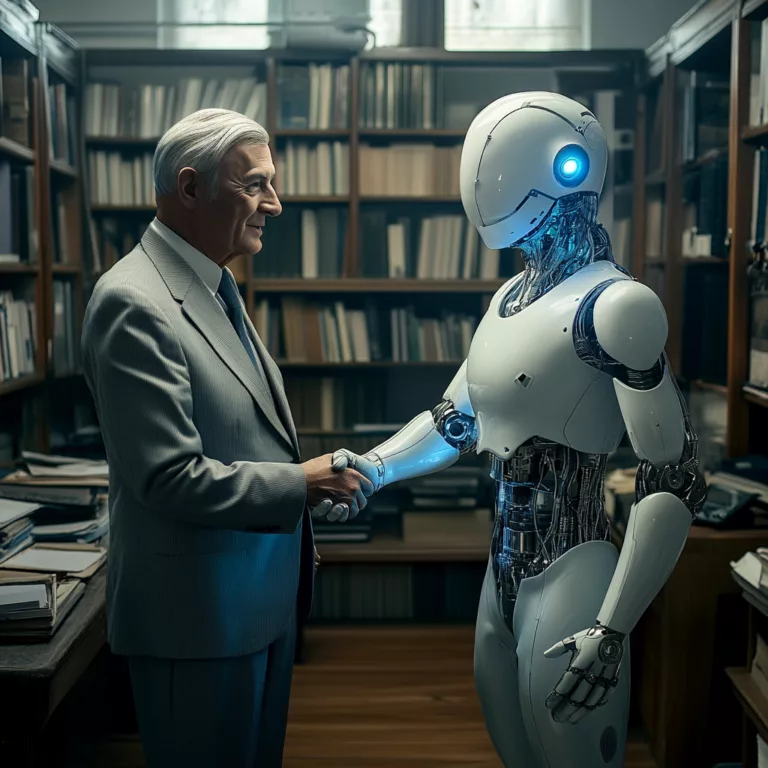Imagine a music band. The musicians do not all learn to play their instruments at the same pace. The guitarist might improve quickly, while the drummer takes more time to refine their skills. However, it is precisely this imbalance that lays the groundwork for collective improvement. This concept is reflected in the TRIZ law of the uneven development of system elements.
What is Uneven Development?
TRIZ theory describes how technological or organizational systems evolve in a non-uniform way, meaning through the differential development of their elements. Some components improve rapidly, while others remain stable or even stagnant, becoming obsolete. This imbalance creates tensions that, if managed correctly, push the system toward progress. However, if these tensions are mismanaged or left unaddressed, they can lead to the system’s rapid decline.
Real-Life Examples of Uneven Development
The Automotive Industry: In the early 20th century, the development of internal combustion engines progressed rapidly, while tires were a technological bottleneck. The introduction of new materials and designs eventually unlocked overall progress in the automobile sector, driving a wave of innovation across the entire industry.
The Smartphone Revolution: Touchscreen displays have evolved much faster than batteries. While high-resolution screens have become standard, battery technology has struggled to keep pace. This gap has created a pressing need for innovation that, if left unfilled, slows down the overall progress of the sector.
The Space Race: In the 1960s, NASA faced an imbalance between the technologies of the Saturn V rocket and navigation systems. This led to the accelerated development of computers and software to close the gap, laying the foundation for modern computing.
How to Use This Law for Innovation?
- Identify the Bottleneck: Analyze your system to understand which elements are slowing overall progress.
- Focus Resources: Invest in developing the slower components to rebalance the system.
- Embrace Imbalance: Uneven development is not a problem but an opportunity. The tensions it generates stimulate creative thinking and innovative solutions.
A Fascinating Case Study
An enlightening example is electric vehicle technology. While electric motors have become more powerful and efficient, lithium batteries have posed a critical limitation. This has led to massive investments in researching new battery concepts, culminating in the development of technologies like solid-state batteries, which now promise to revolutionize the sector.
Conclusions
The uneven development of system elements is not only inevitable but necessary. It is a driver of innovation that fuels change and growth. The key to leveraging it lies in understanding where tensions exist and how to use them to your advantage.







